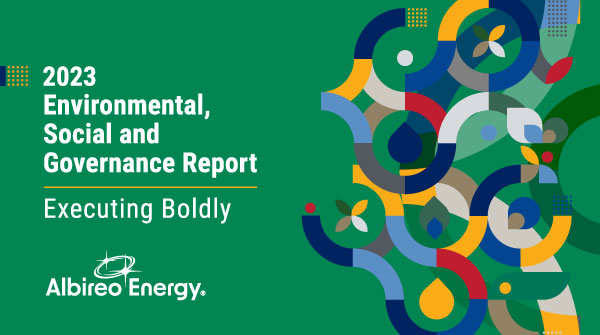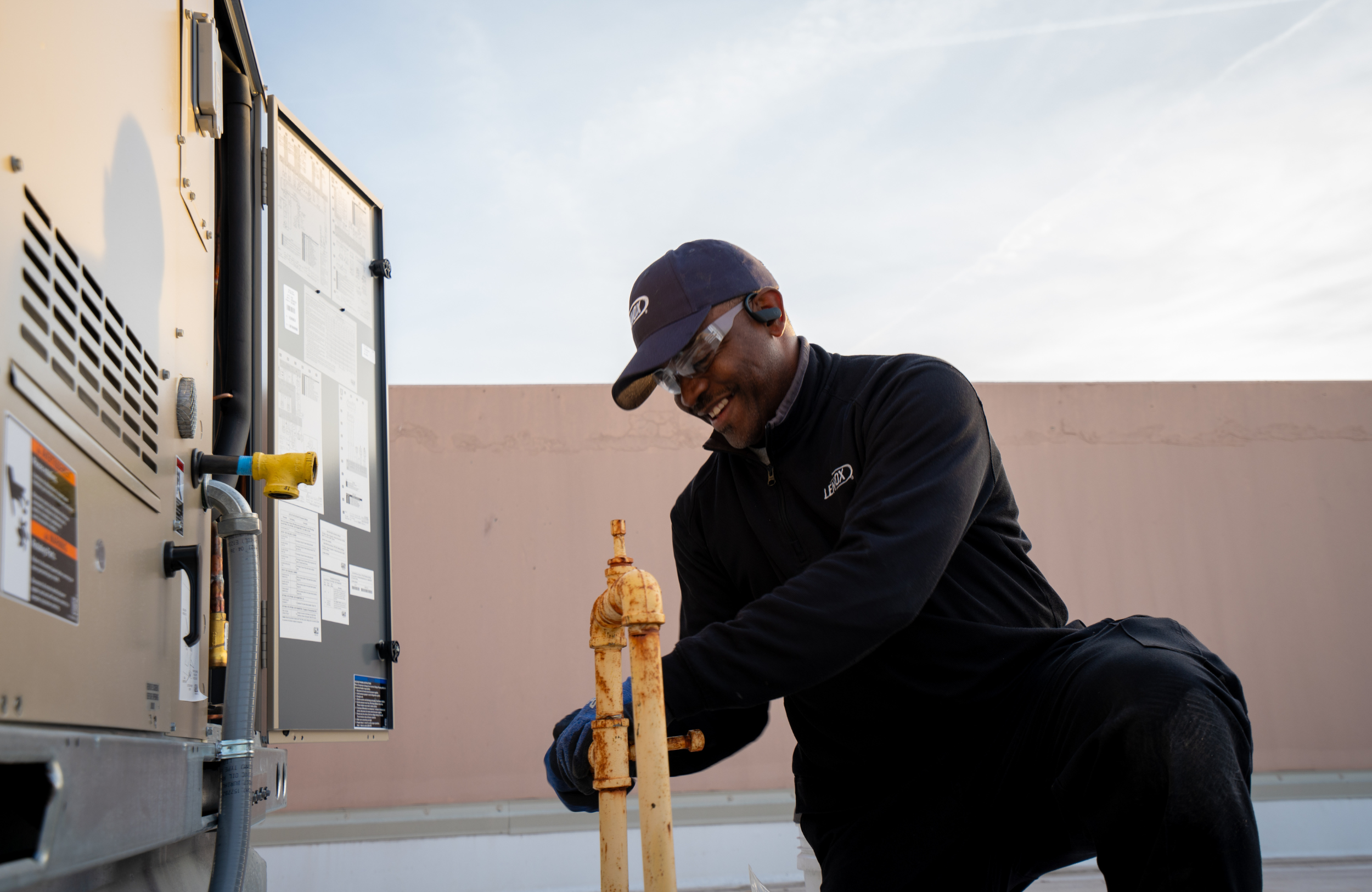Many projects ground to a halt in the past year because the gap between their estimated budget and the inflated costs required to complete projects in the current economic conditions was too large to be absorbed by the financing they had in place. These projects are seeing hope on the horizon with the implementation of the Inflation Reduction Act (IRA). The IRA has made billions of dollars available to stakeholders willing to incorporate green elements into their design.
Since energy is one of the largest costs to organizations, most projects are already designed with energy efficiency in mind. The objective of the climate provisions in the IRA is to lower energy costs, support energy security, invest in clean energy and decarbonize the economy. Some of these provisions will result in indirect savings in energy costs to organizations, but there is a large portion that will provide tax credits directly to organizations for specific projects. The bill extends and expands tax credits for low-carbon materials, energy efficiency, clean energy and more.
The Investment Tax Credit (ITC)
The IRA expands eligibility for the full ITC to projects that previously qualified for a reduced ITC or did not qualify at all. These projects include combined heat and power systems, ground-sourced thermal energy, and energy storage technologies. For projects that meet the apprenticeship and prevailing wage requirements, the credit can increase by 5 times over the base rate.
Wind, solar, fuel cell, biogas, combined heat and power systems, and energy storage systems are among the many that will now qualify for this tax credit. The IRA extended the ITC for solar projects, increasing it to 30% when it was scheduled to decline to 10% according to the provisions outlined when it was originally enacted in 2006. Adders will apply when taxpayers meet apprenticeship and prevailing wage requirements, utilize domestic content on the project, select designated energy areas to build in and for building in low-income areas.
The IRA now allows smaller energy projects to obtain this credit for qualified interconnection costs. Interconnection costs are one of the larger costs on energy projects and the ITC can be the factor bridging the gap to push a project forward.
The Advanced Energy Project Credit (48C) extends the investment tax credit for clean energy projects to the production and recycling of clean energy products. Manufacturing facilities that have projects that reduce their GHG emissions by at least 20% can claim the 30% tax credit.
The Energy Efficient Commercial Buildings Property (179D)
The IRA increased the amount of the 179D deduction for new energy-efficient commercial buildings. If the building can show 25% savings over the applicable reference building, they can claim a $0.50 per square foot deduction. And for each percentage point over 25% savings, the deduction increases by $.02 for a maximum deduction of $1 per square foot. By meeting apprenticeship and prevailing wage requirements, the deduction increases a whopping $2 to $2.50 per square foot and the increment for higher savings becomes $0.10 for a maximum of $5 per square foot total.
The IRA changed the reference building standard from the ASHRAE standard of 2 years prior to the start of construction to the ASHRAE standard of 4 years before the completion of construction. There was a lifetime cap of $1.80 per square foot for a building, but the IRA will let the deduction limit reset every 3-4 years, allowing future improvements to qualify for the deduction.
The IRA provisions allow taxpayers to monetize the tax credits by selecting a direct pay option to receive funds instead of a reduction in tax liability. They can also select to transfer their tax credits to another entity that would purchase the credits to apply to their own greater tax liability. These tax credits can add up to significant dollars that can bridge the gap as projects finalize their capital stack for new construction and retrofit projects. There are alternative methods to comply with requirements requires documentation of savings.
An energy consultant such as Albireo Energy can evaluate projects to determine their qualifications. Albireo is equipped with the tools to provide compliance documentation and support project teams as they design projects that will comply with the appropriate credit. Using benchmarking and energy modeling, Albireo can provide energy cost savings. For the alternative deduction for retrofit projects, Albireo can calculate annual energy use intensity values and provide verification of measures after the renovation. An Albireo team expert has just the knowledge you need to leverage these tax credits for the success of your project.







